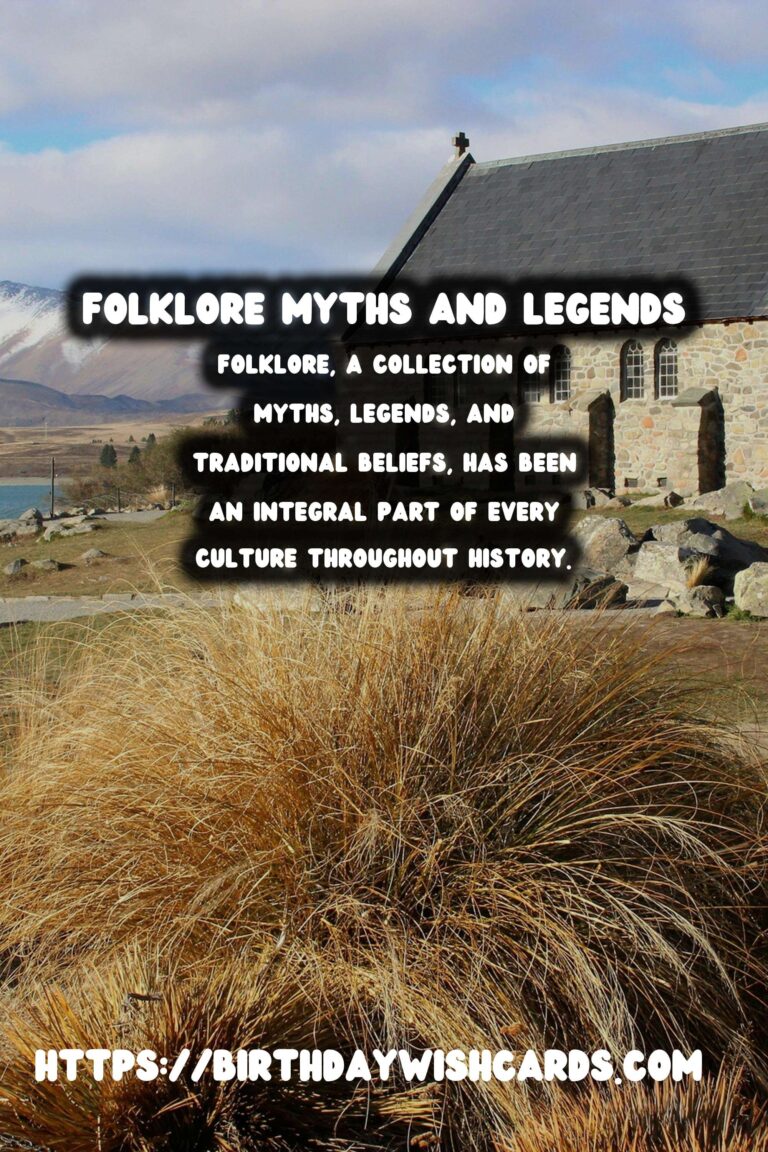
Folklore, a collection of myths, legends, and traditional beliefs, has been an integral part of every culture throughout history. These stories have captured the human imagination and offered explanations for the inexplicable since ancient times. Despite the technological advancements and scientific explanations available today, folklore continues to thrive, highlighting its significance in preserving cultural heritage and human values.
Understanding Folklore: Definitions and Types
Before delving into the historical roots, it is essential to establish a comprehensive understanding of what folklore entails. Folklore is a body of expressive culture shared by a particular group, encompassing traditions, customs, stories, and practices passed down through generations. It often serves educational, preservative, and entertainment purposes.
The term ‘folklore’ was coined in 1846 by British antiquarian William Thoms, capturing both oral and written traditions. It can be classified into various types, including myths, legends, folktales, fairy tales, and fables, each adding a unique dimension to cultural narratives.
The Mythical Beginnings: How Myths Shaped Understanding
Myths represent sacred tales explaining the universe’s origins and intricacies, usually involving deities and supernatural beings. They served as the primary mode of understanding life, society, and natural phenomena in early civilizations. From Greek mythology, with its pantheon of gods like Zeus and Athena, to Norse myths featuring Odin and Thor, these stories have transcended time, often influencing literature and art across cultures.
Myths reflected the worldview and values of ancient societies, playing a crucial role in shaping cultural identity and moral codes. They provided a framework for rituals, reinforcing societal norms and offering psychological comfort by addressing existential questions.
Legends: Blending Fact with Fiction
While myths delve into cosmic and divine themes, legends stand out by incorporating factual bases with fictional embellishments. These stories typically feature heroic historical figures whose exploits are narrated to stress cultural ideals, courage, and morality.
One of the most celebrated legends is that of King Arthur in British folklore. Arthurian legends encompass tales of the legendary king and his knights, weaving together truth and myth in epic adventures that emphasize chivalry and honor. Similarly, the legend of El Cid in Spain serves as a testament to bravery and fidelity.
Folktales: Stories for the Common Folk
Unlike myths and legends, folktales primarily focus on entertainment and moral lessons. These narratives often revolve around ordinary people, animals, and magical occurrences, incorporating regional characteristics and cultural motifs.
The Grimm Brothers’ collection of German folktales, including classics like ‘Hansel and Gretel’ and ‘Cinderella’, showcases the diversity and rich narrative tradition of this genre. Folktales serve as a mirror to societal norms, evolving with each retelling to suit contemporary audiences while preserving their timeless charm.
Fairy Tales and Fables: Moral Lessons for All Ages
Fairy tales, a subgenre of folktales, are notable for their magical elements and moral undertones. These stories often teach children ethical principles through fantastical settings and characters. Classic fairy tales such as ‘Snow White’ and ‘Sleeping Beauty’ have been adapted into numerous formats, continuing to influence pop culture and media.
Fables, on the other hand, deliver moral lessons through stories featuring anthropomorphized animals and objects. Aesop’s Fables, originally from ancient Greece, remain a cornerstone in this genre, with tales like ‘The Tortoise and the Hare’ providing timeless wisdom.
The Historical Roots of Folklore
Folklore’s historical roots can be traced back to oral traditions that predate written records. As societies evolved, so did their storytelling methods, reflecting the prevailing cultural and environmental contexts. Ancient Egyptian, Mesopotamian, and Indian civilizations possess rich folklore that continues to inform modern culture.
In the Middle Ages, folklore became intertwined with religious beliefs and superstitions, shaping social structures and cultural norms. The Renaissance period heralded a renewed interest in classical myths and regional folklore, spurring documentation and preservation efforts.
The Enlightenment and Romantic movements further fueled interest in folklore, emphasizing the importance of cultural heritage. The 19th and 20th centuries witnessed a surge in folklore studies, with scholars like the Grimms and Franz Boas contributing significantly to the field’s academic recognition.
The Enduring Legacy of Folklore in Modern Times
In contemporary society, folklore continues to influence popular culture, literature, film, and art. Characters from myths and legends frequently appear in modern media, while new folktales emerge, inspired by technological advancements and societal changes.
The digital age has allowed for the globalization of folklore, introducing diverse cultural narratives to a broader audience. Unique traditions and myths from distant cultures are now just a click away, fostering cross-cultural understanding and appreciation.
As folklore evolves amidst societal changes, it remains a crucial aspect of cultural identity and heritage preservation, offering a glimpse into humanity’s shared past and potential future.
Conclusion: Folklore’s Timeless Echo
The history of folklore is a testament to human creativity and the enduring power of storytelling. It transcends generations, adapting to cultural shifts while maintaining its core purpose of educating, entertaining, and preserving cultural values. As new myths, legends, and folktales arise, they will undoubtedly continue to enrich the tapestry of human heritage, echoing timelessly through the ages.
Folklore, a collection of myths, legends, and traditional beliefs, has been an integral part of every culture throughout history. Folktales serve as a mirror to societal norms, evolving with each retelling to suit contemporary audiences while preserving their timeless charm. 
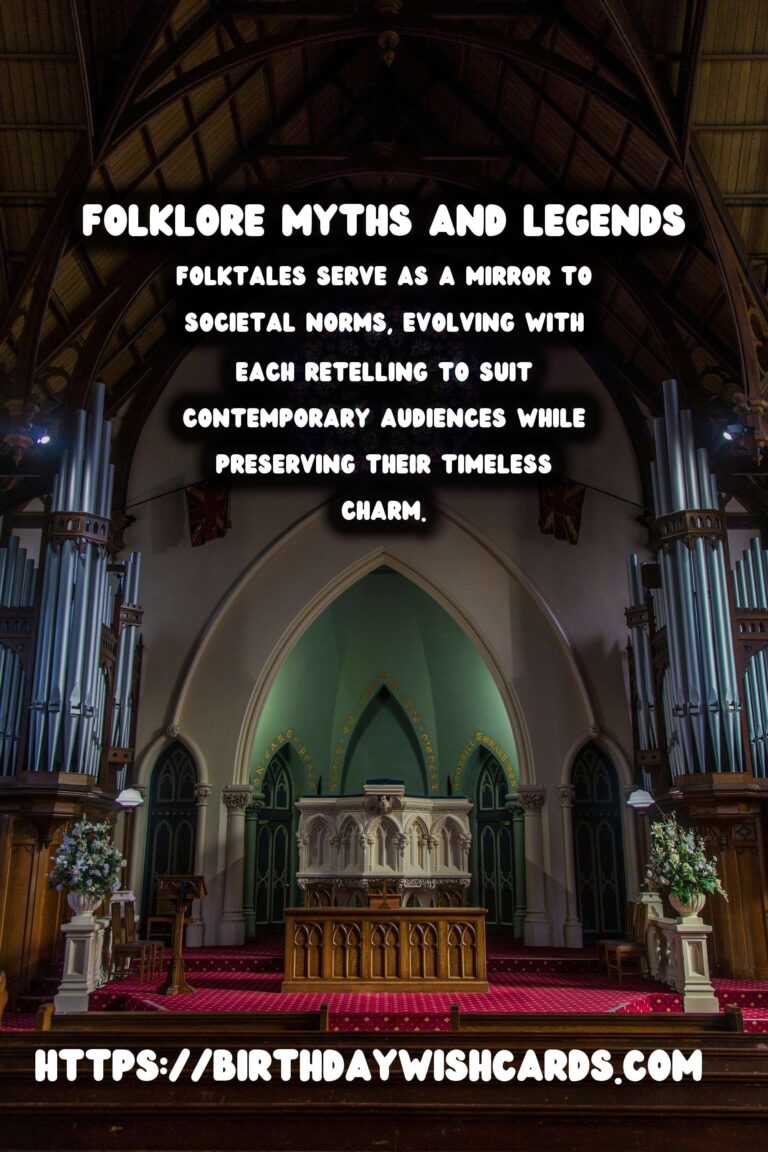
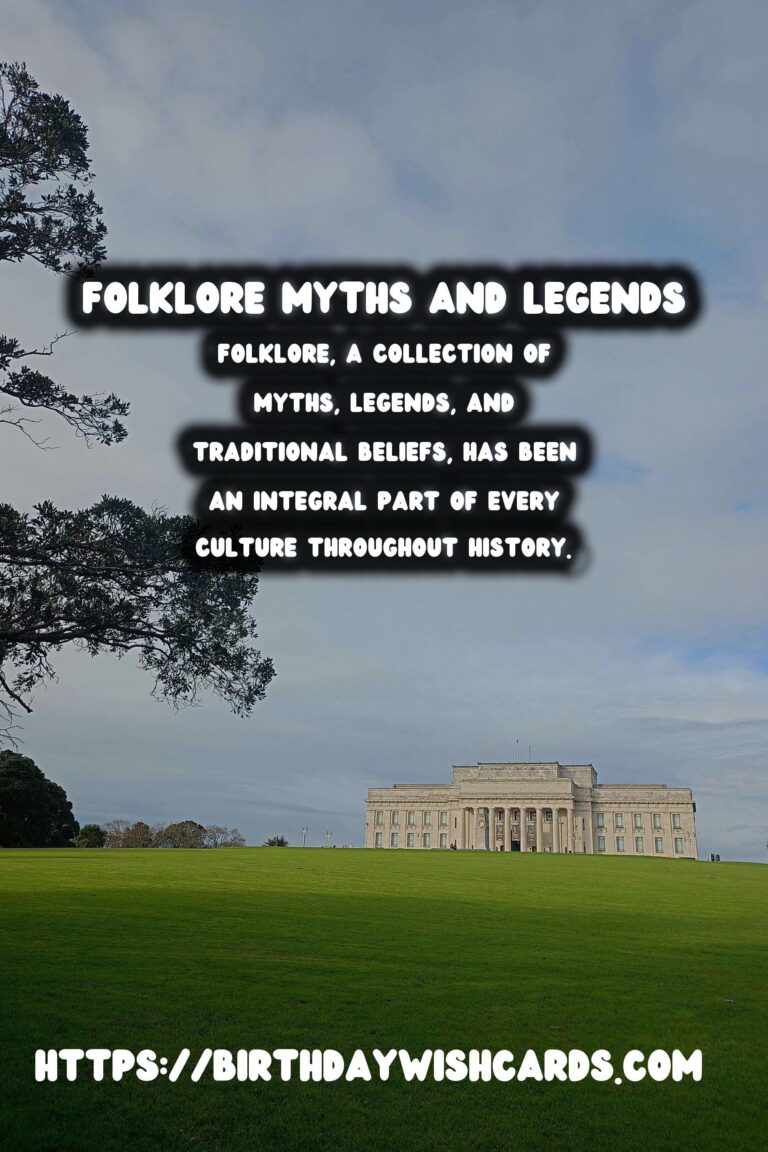
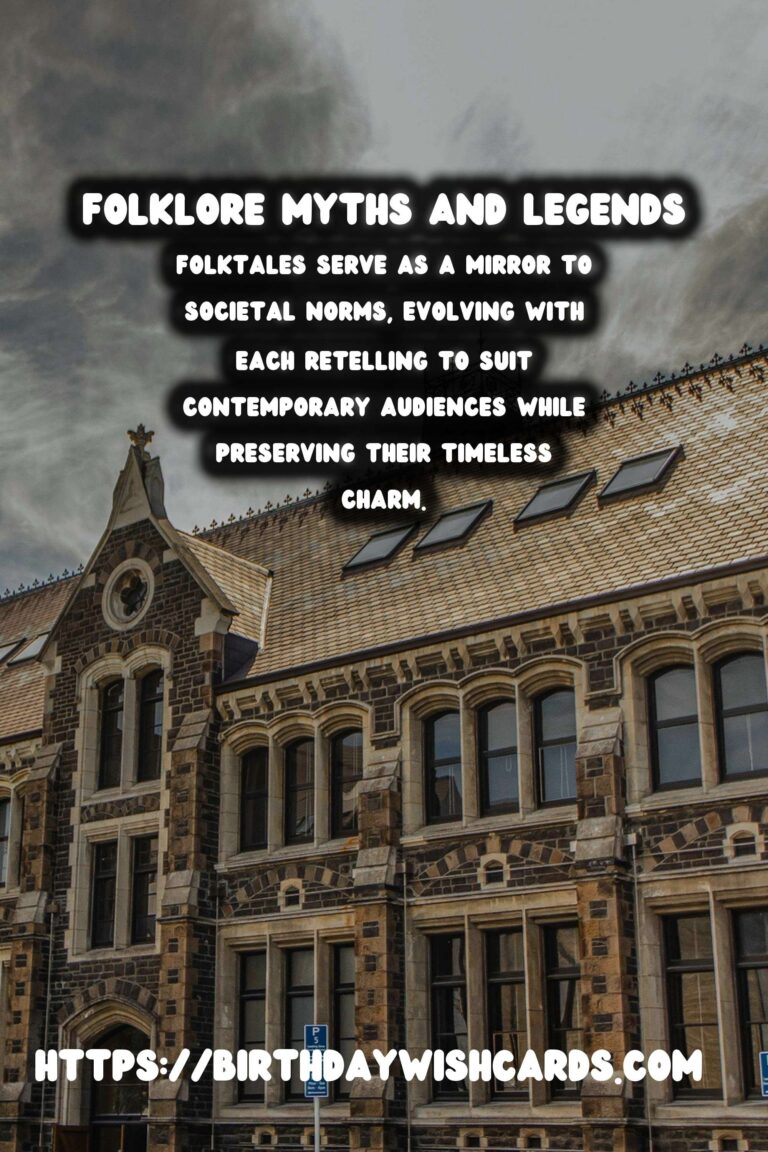
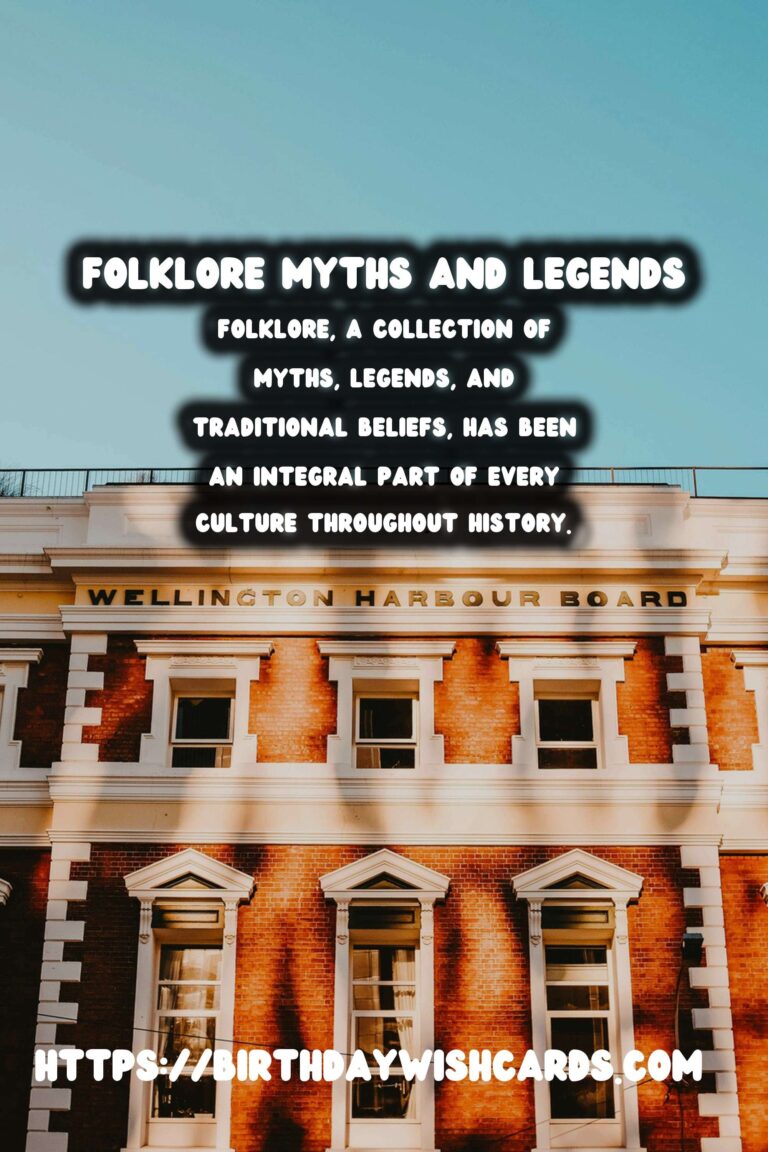
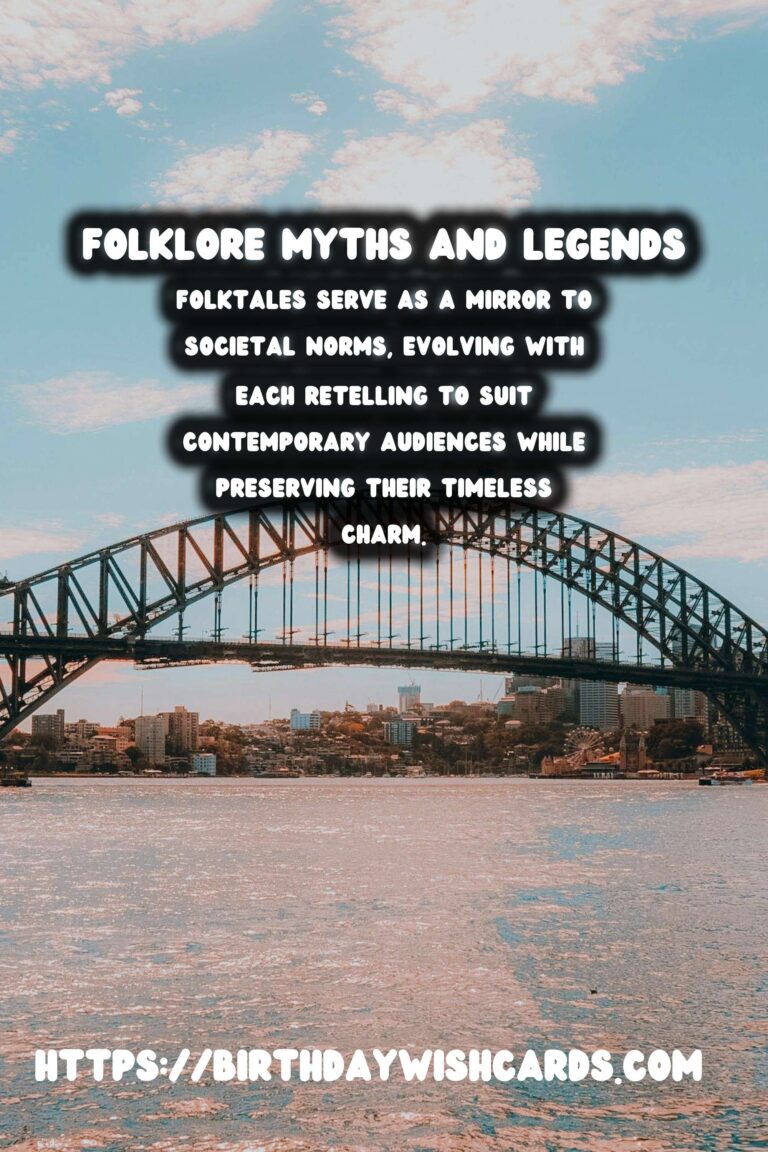
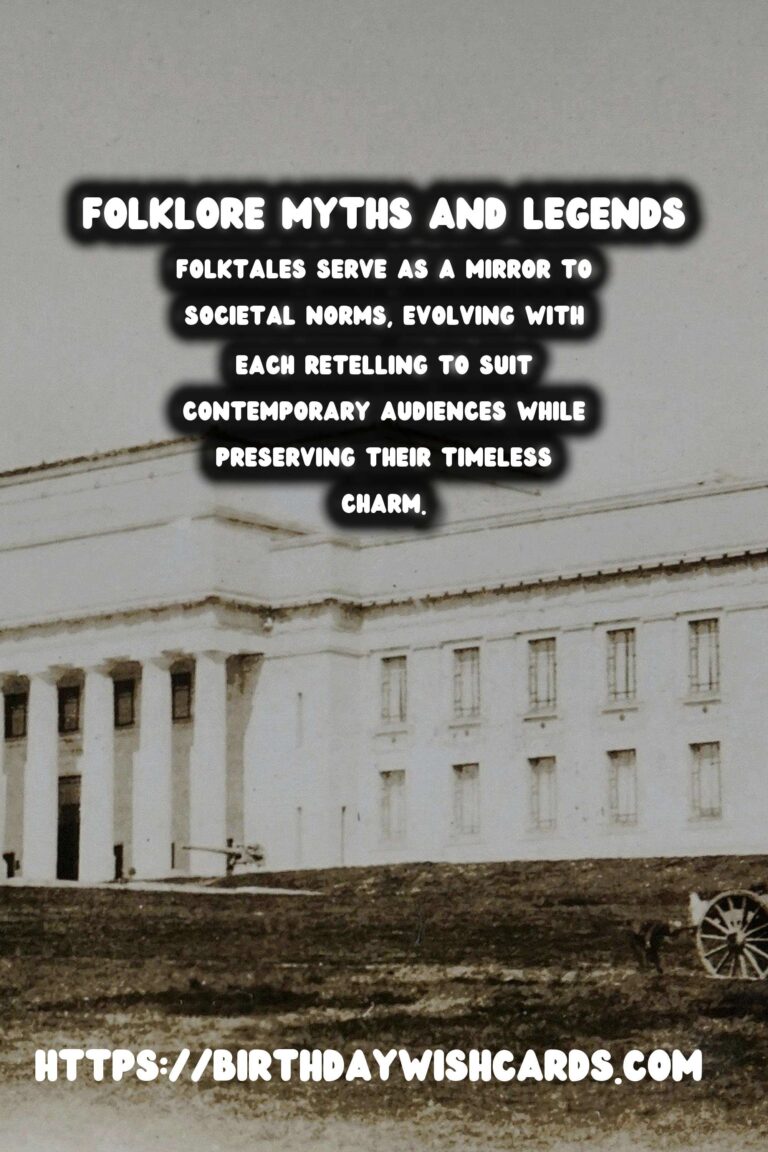
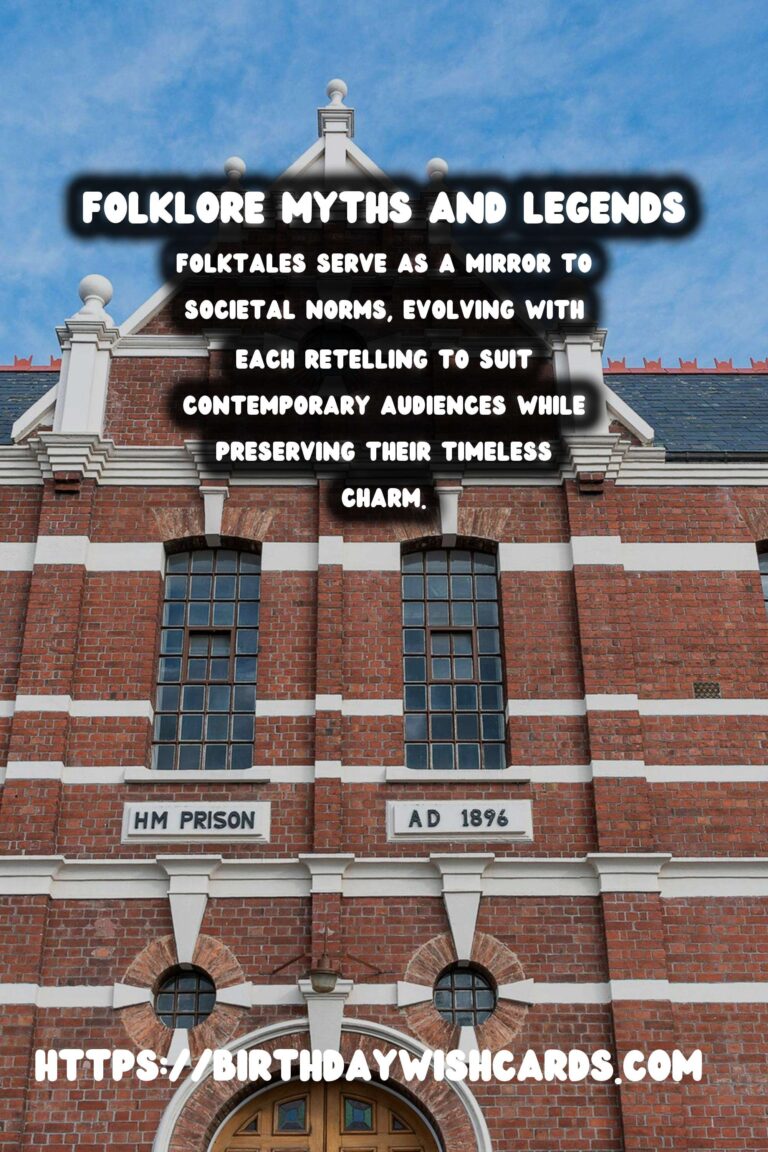
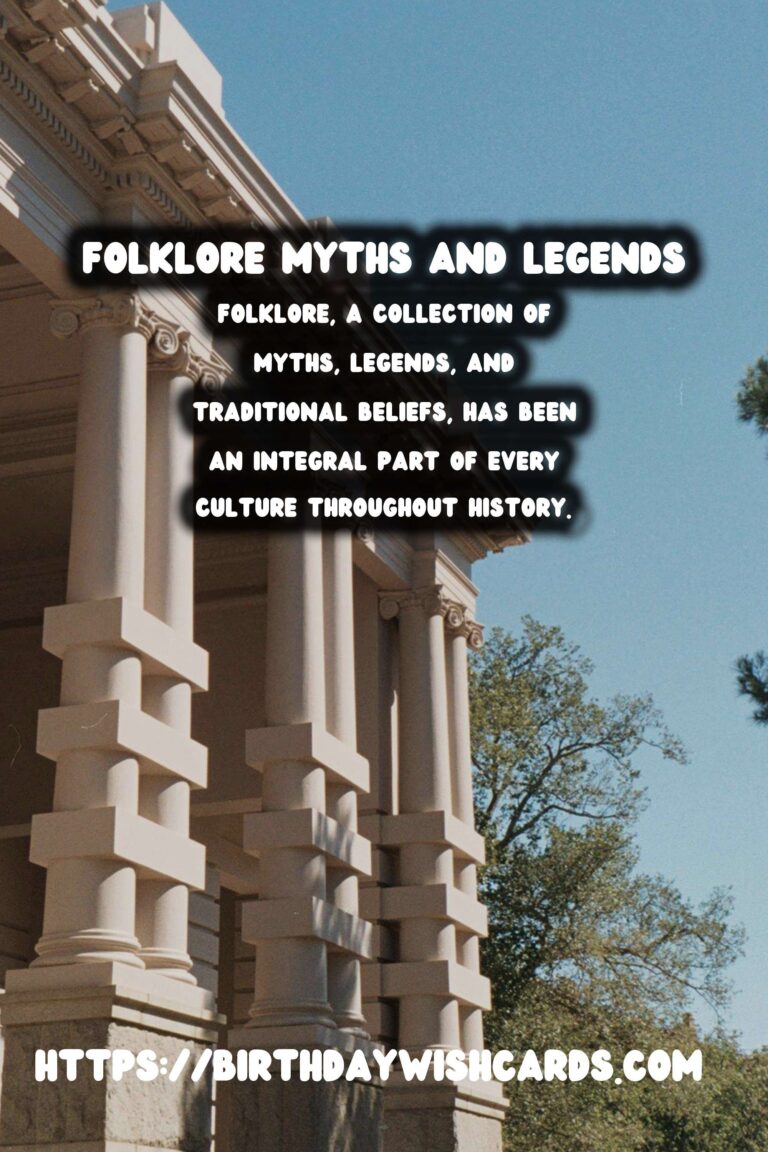

#folklore #myths




